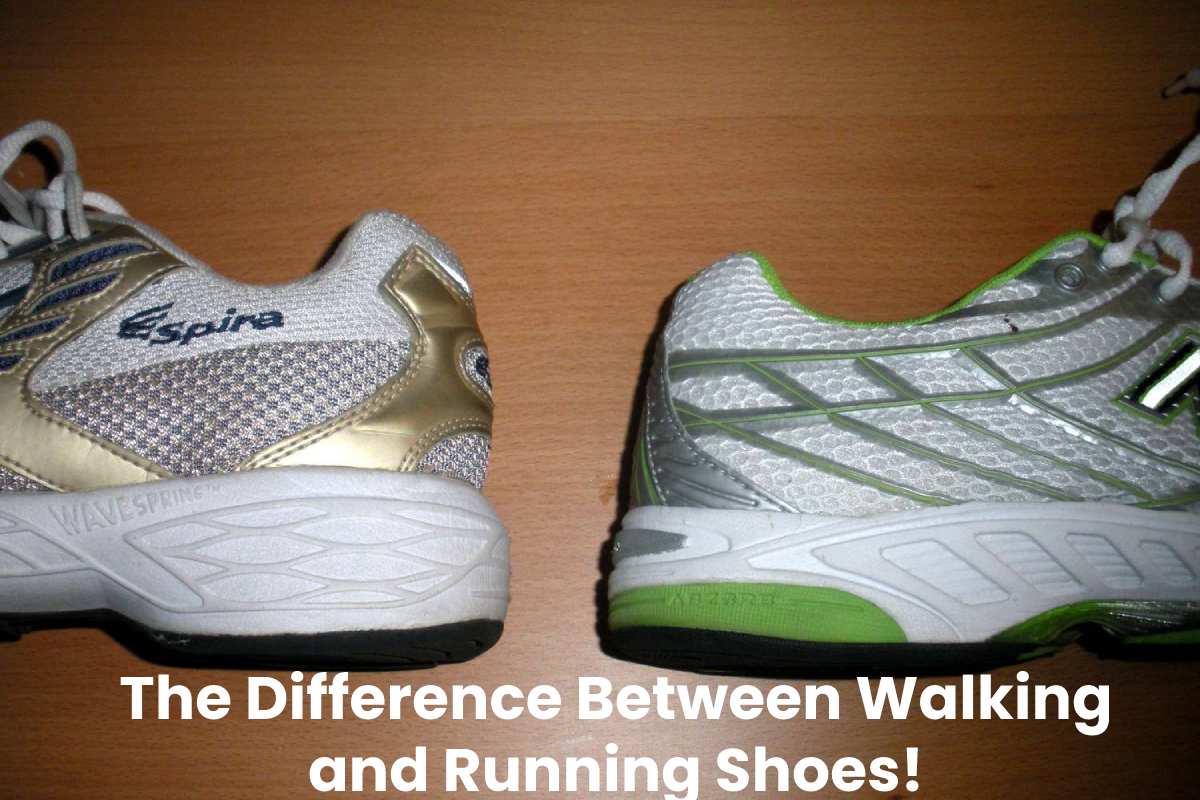
Walking and Running Shoes
Walking is the most common and essential exercise you can do for your health, but choosing the right shoe can be challenging. With so many options, it’s tempting to get caught up in the glam and glitz—or to become overwhelmed that you only wear one pair of shoes for everything. Because the needs of a walker are different from those of a runner; the standard design of running and walking shoes differs. Experts recommend paying attention to the weight, cushioning, and flexibility of your shoes. Sports shoes for men and ladies sports shoes facilitate these needs.
A running shoe differs from a walking shoe in several ways. Runners should not run in walking shoes since most are too stiff and do not flex as much as runners require. As a result, many walking shoes aren’t suitable for fitness walking.
Instead, fitness walkers can generally locate a running shoe that fulfills their demands better than most shoes labeled as walking shoes. A walker can study both running shoes and walking shoes to identify the models that work best if they know what attributes to search for.
Below are the parameters you need to consider before buying a walking or a running shoe.
Table of Contents
1. Weight of the shoe
The weight of a shoe has a direct effect on the wearer’s pace. Running shoes are often lighter than other shoes, making fast movements easier. On the other hand, walking shoes are often heavier, which aids in maintaining stability while walking. On the other hand, running shoes support faster motions, whereas walking shoes support a slower, more consistent, and steady pace.
2. Cushioning
When choosing between walking and running shoes, cushioning is an important design feature to consider. Both runners and walkers want to be at ease during their exercise. For most walkers, this means having foot support for a long time, whereas runners are more worried about protecting their foot’s foundation as it repeatedly hits the ground.
Runners require greater cushioning in the heel and forefoot than walkers, which explains why air cushioning systems are so popular in their footwear.
Extra forefoot cushioning is unnecessary for walkers, and most can cope with less heel cushioning. However, extra cushioning adds weight, so you have to choose between a heavier shoe that reduces foot and leg injuries and a lighter shoe that allows you to run or walk faster.
3. Flexibility
Walkers and runners require good flexibility of the shoe, but where it is located is crucial. The ability of a shoe to move along with you is defined by its flexibility. The arch or midfoot of most running shoes is more flexible, supporting the runner’s strike at the midfoot or ball of their foot. Walkers need high arch flexibility since they push off with their toes.
The arch or midfoot flexes the most in many running shoe designs. However, certain styles bend the most at the forefoot. These sports shoes for men are designed to meet the needs of runners who strike with the midfoot or ball of their foot.
Because they feature construction elements that seek to inhibit the foot from twisting too much during a step, motion control, and stability shoes will be less flexible. Runners and walkers who want motion control must trade some shoe flexibility.
4. Heel height and Flare
A flared heel in running shoes can give greater stability for runners who land on their midfoot or forefoot. Trail running shoes frequently include a flared heel. Running shoes with a built-up heel are meant to provide stability for runners. Runners strike the ground with various portions of their foot, depending on their preference. The forward section of their heel, the midfoot, or the ball of their foot can all be used to contact the ground. There are several ideas about how much heel-to-toe drop is ideal for runners.
Walkers’ heels strike the ground, and a flared heel makes it difficult to roll forward through the step. Walkers use their heels to contact the ground and roll through the steps. They don’t require a higher heel. These parameters must be checked while buying ladies sports shoes as well.
5. Design and structure
Running shoes are designed to accommodate and assist the foot in the process of running. They have a lot of padding, which protects the heel and cushions the foot. The weight of the shoe is increased due to the additional padding. Running shoes, as a result, are heavier than walking shoes. The design of these sneakers additionally includes additional mesh. The shoe’s mesh wicks away excess heat generated during vigorous exercise, keeping the feet cool.
Another important characteristic of running shoes is the toe box. To avoid movement in the front of the foot, which can lead to blisters, a secure fit in the toe box is required.
Additional cushioning is not required for walking shoes. In fact, walking shoes should be lighter. Excess padding is taken out to create a lightweight shoe. As a result, the heel and ball of the foot are cushioned by additional shock absorbers in these shoes.
Walking shoes are typically hefty and flexible through the ball of the foot. This is because your foot will make contact with the ground throughout the whole flex of a step. A beveled heel is common in walking shoes to make heel-striking easier and more comfortable. Each stride aids in the stabilization of the foot and the support of the arch. There are various sports shoes for men that come with these comforts.
Conclusion
While it isn’t ideal, it does make sense. The most crucial factor is your general comfort, which differs from person to person. So, if you’ve discovered that walking in running shoes is beneficial to you, be sure to take the required steps to avoid injury. You can now buy your preferred walking or running shoes by purchasing quality products at the best price.



